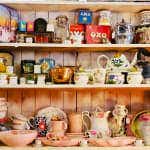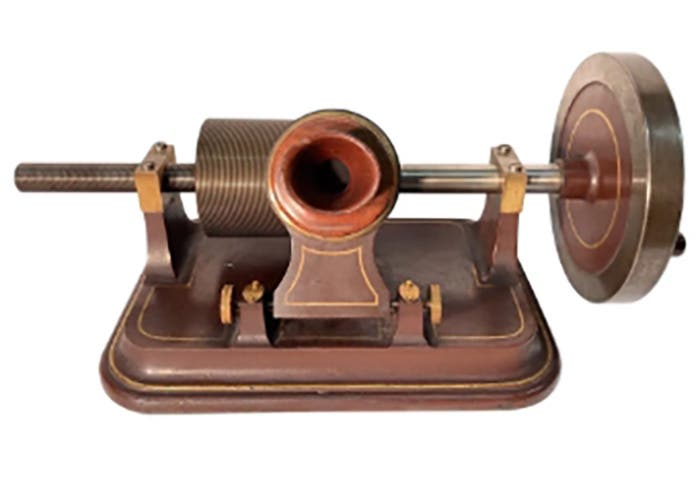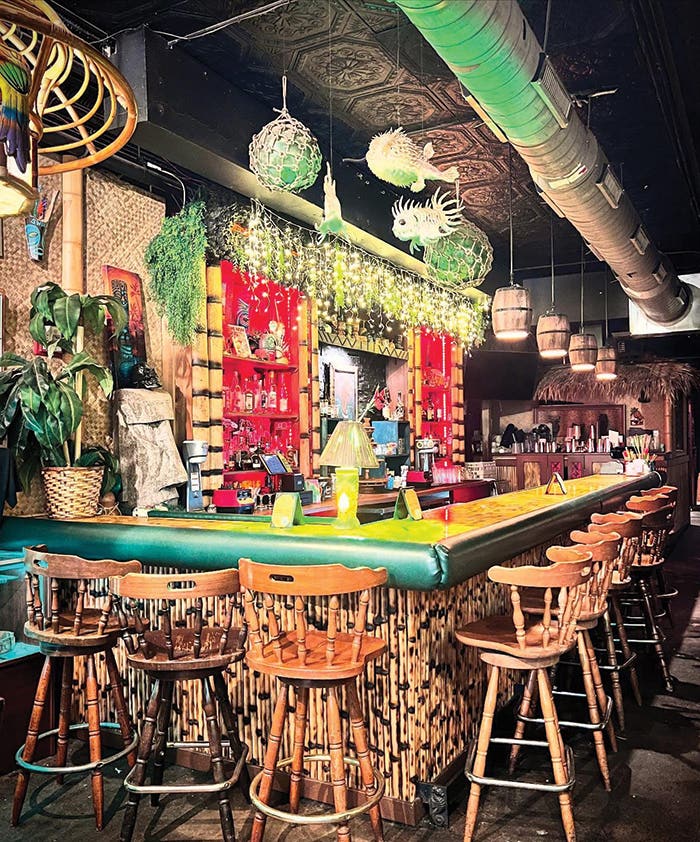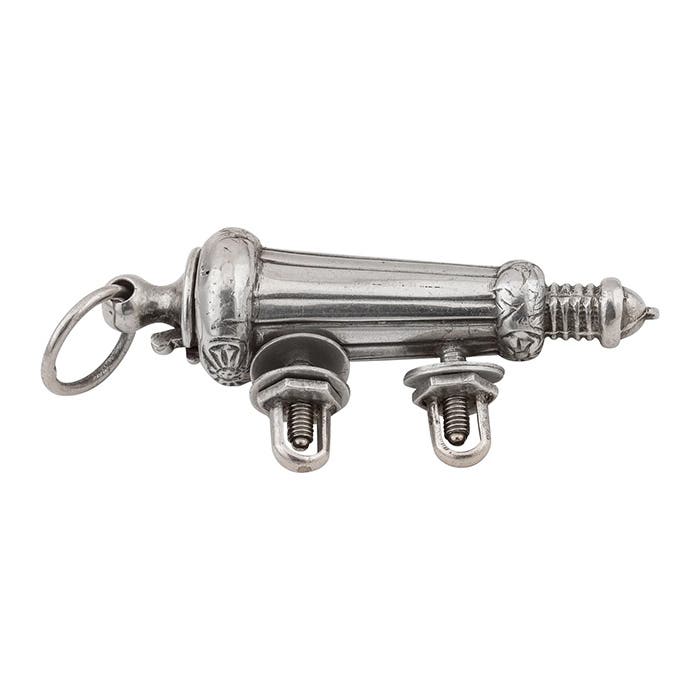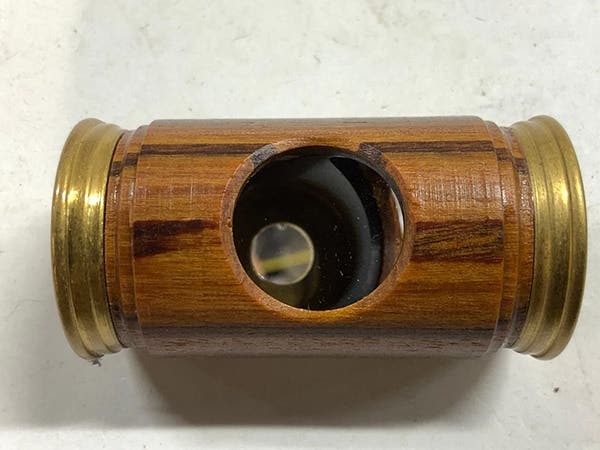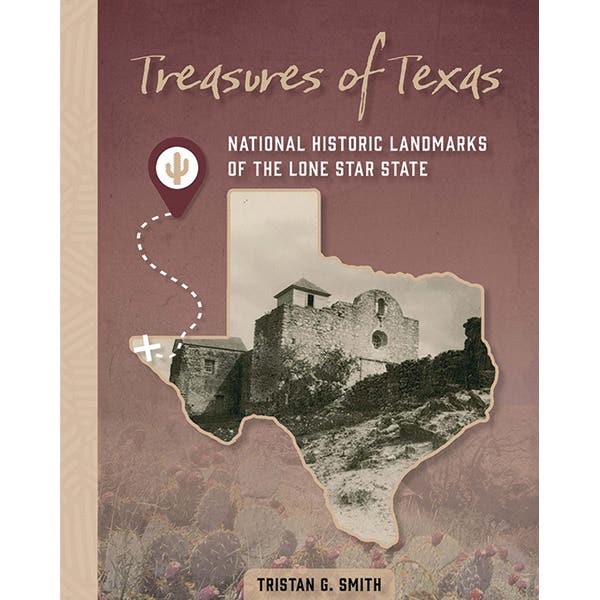Confessions of a Thrift Store Junkie
A lifelong collector’s ode to the hunt, the heart, and the hidden treasures of thrifting.
My lifelong passion for all things old and beautiful was born in a thrift store. My hometown store provided an education around every corner: vintage books, sturdy secondhand clothing, unique furniture, and decorative objects I had never encountered.
A thrift store is a three-dimensional library.
The curious mind never stops learning about unusual (or mundane) items and the people who kept them. Every pair of designer jeans has a cousin a few aisles over in the form of a mint mid-century vase or a rare first edition—and at prices that make precious objects affordable to the rest of us.
In early March, credit card issuer CapitalOne released its “Thrifting Statistics,” which show 16 to 18 percent of Americans, or about 59 million people, shop at thrift stores each year, and a whopping 93 percent of Americans shop online for secondhand items.
All of this “spending for savings” is expected to reach nearly $60 billion this year. Put in perspective, that’s roughly the same amount Americans spend on federal school funding, organic foods, or video games. In just three years, the secondhand market is expected to increase to $73 billion —$3 billion more than what we spend on alcoholic beverages.
on sale for $2 each. After removing them, they were appraised for about $400.
Perhaps the most thrilling experience revisiting these havens of has-beens is when you can transform a thrift into a gift (or a thrift into a theft if you find something worth 10 times its sticker price).
I snatched it up in a heartbeat.
Be honest, a primal urge can take hold if you see a rival shopper quizzically squinting at a marking of a letter ‘G’ over a stylized letter “l” on the bottom of an iridescent glass vase. When your rival puts it back on the shelf with a shrug of their shoulders, you snatch the piece of Imperial carnival glass and snarl at everyone else in the aisle. Well, snarl may be an exaggeration, but I swear I have seen lucky rivals toss a precious find in their cart and cover it with a purse or coat like a coyote hiding a piece of meat.
Marcela Peck, from Genesis Benefit Thrift Store in Dallas, Texas, is a cherished friend.
Friends who are resellers obtain their inventory solely from thrifting for two business-savvy reasons: It’s cheaper to visit four thrift stores a few times a week than 15 different yard sales on a single Saturday, and shops are the best source for clean and curated inventory.
A recent such find was hiding in what I call the whatnot aisle, aka “the brown stuff.” It’s the aisle stockers stick stuff that doesn’t match a specific color or have any apparent use. It was a happy day to find a $3 basket made of pine needles and wood strips. Some research identified it as a Native American Pagago (Tohono O’odham) coiled basket made between 1900 and 1920. It is on sale for $150 in the showcase, which I rent at a local antique mall.
The most thrilling discovery happened during a routine trip to a thrift store benefiting no-kill pet shelter. My heart skipped a beat the moment I walked in. There stood a tall cabinet with a dizzying array of sliding doors over two rows of drawers. The mellow, warm patina of its unusual, swirling wood grain made it an oasis among purple sofas and loud floral recliners.
Recognizing the piece as a Japanese Tansu cabinet, I whispered to myself, “How did you survive two centuries and two continents to get here?” I’ve wanted a tansu cabinet since learning about them in auction catalogs and high-end antique shops. This was the first time I’ve encountered a one “in the wild.” My fingers moved across its age-worn edges, and I started opening sliding doors and drawers, inspecting the tiniest details. “Furniture is 25 percent off today!” chirped a teenage clerk, and that’s when I finally noticed the large, white price tag stuck to a top panel, which stated $135 ($101 on sale). I pulled that price tag off faster than a Band-Aid.
Once it was home, the day was spent applying a nourishing coat of beeswax and researching its history and design. This particular Tansu is a “choba-dansu,” or merchant chest, made in the Japanese city of Sakai during its Meiji era (1868-1912). The face wood is “keyaki,” or Japanese elm, and the interior is made of “sugi,” or Japanese cedar. Retail prices place it between $1,500 and $2,500.
The choba-dansu was handcrafted in two stacking sections, reaching 54 inches tall, to be a mobile cabinet, making it easier for merchants to pack up and move on.
Believe me when I say this choba-dansu isn’t going anywhere. It’s a proud fixture in my home office, where it offers seemingly limitless storage for a jewelry chest, rare coins and books, a stationary file, historical photographs, a collection of nighttime postcards, and even small paintings.
Despite my passion, I wouldn’t have been able to afford a Tansu cabinet if it were not for thrifting.
Some would say it was fate that connected a donor and a collector at their favorite local thrift store. We met (in spirit) at a place where one object ended up with someone who appreciated it and spent his money on a good cause.
You may also like:
An enthusiastic collector and well versed in a wide variety of collecting areas, Eric Bradley is the author of more than a dozen collectibles reference books including Mantiques: A Manly Guide to Cool Stuff and Harry Potter -- The Unofficial Guide to the Collectibles of Our Favorite Wizard. Highly respected in the field, Bradley is vice president of editorial content and public relations at WorthPoint.


